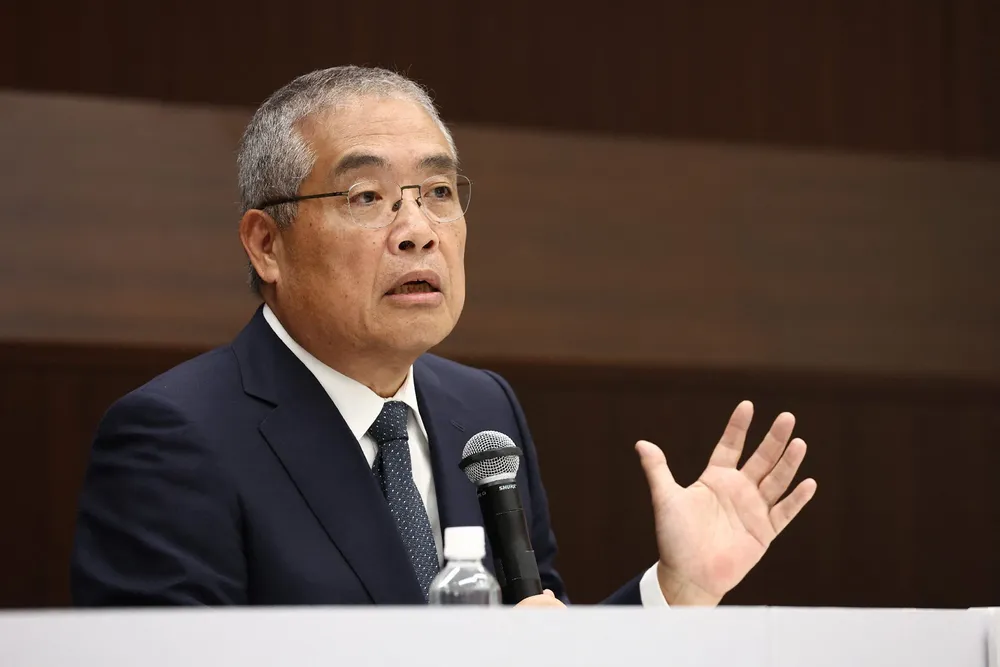Japan halts offshore wind tender as fallout from Mitsubishi pullout continues
Japan has a reputation for moving cautiously but sticking to its long-term ambitions on offshore wind

The decision came after government panel backed a Ministry of Economy, Trade and Industry (METI) proposal to postpone the offshore wind tender — Japan's fourth — where bidders are supposed to compete for feed-in premiums (FIPs) to support new projects, the news agency reported.
The auction, which had been due to launch on 14 October, is being pushed back to allow the ministry to reassess market conditions and reform proposals after a series of setbacks, according to a METI official.
In August, Mitsubishi announced that it would drop three offshore wind projects that obtained feed in tariffs (FITs) in Japan's first ever auction, held in 2021.
The conglomerate cited escalating construction costs, high interest rates and a weakened yen as factors behind its decision.
Mitsubishi-led consortium groups dominated that first auction, but competitors and analysts later questioned the cost calculations behind the winning bids.
The Japanese government has been trying to respond to the difficulties facing the sector since that first round.
First, adjustments were made to the offshore wind auction model, including a shift to FIPs, which leave developers the option of going to the corporate power market rather than selling all output to Japan’s grid coordinator OCCTO.
But this shift was only applicable from Round 2 onwards, and no such relief was available to Mitsubishi when the headwinds struck.
Japan battles on
Japanese ambitions for renewable energy include reaching a targeted 10GW of offshore wind capacity by 2030, even though the sector is still in its infancy, and the government has continued to search for ways of improving the investment environment.
Earlier this year, adjustments to the auction system were made in response to the fact that Round 3 projects were awarded at a price floor of 3 yen per kWh (approximately $0.02), leaving non-price criteria to dictate the outcome.
The government tweaked its operational guidelines to introduce a new price mechanism to help lift FIP bids above the auction floor and bolster support for projects. Proposals included a “quasi-zero” premium level — set initially at 14 yen/kWh — which would score almost as many points as the zero premium price.
But some developers still questioned whether this would be enough to alleviate cost risks for future auctions
Japanese government consultations have also covered a possible extension of project duration to 40 years, from the current period of 30 years and capacity auctions to allow utilities and industrial buyers to lock power sales into multi-year terms.
But the government has not yet confirmed its intentions in terms of re-tendering the areas returned by Mitsubishi, and now the timing of the Round 4 auction is in doubt.
Minister of Economy, Trade and Industry Yoji Muto has reaffirmed Japan’s overall commitment to offshore wind, despite recent setbacks, emphasising METI’s intent to relaunch the tendering process and improve the business environment by the year-end.
Japan's government has continued to designate offshore areas selected as suitable for inclusion in future offshore wind tenders.
The Japanese government said on Friday it had designated two more sites off the coast of Akita and Fukuoka prefectures as "promising zones" for developing offshore wind farms.
(Copyright)